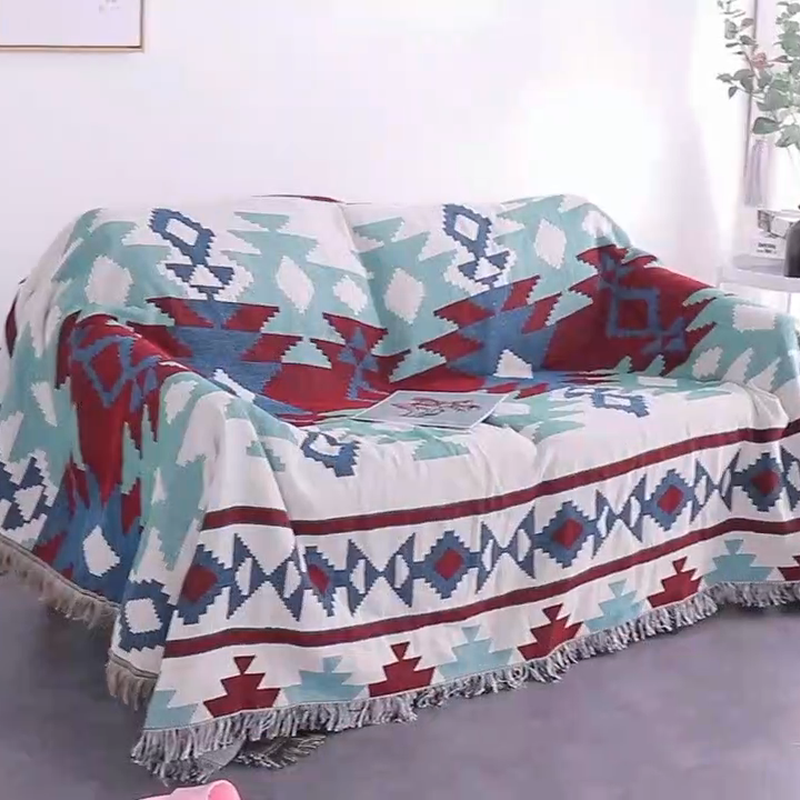Cooling blankets use a combination of materials and design elements to help regulate your body temperature and keep you cool. Here’s a look at the science behind how they work:
1. Moisture-Wicking Fabrics:
- Cooling blankets are typically made from moisture-wicking fabrics, such as cotton, bamboo, or specially designed cooling blends. These fabrics are engineered to quickly absorb moisture, such as sweat, and distribute it away from your body. This process helps keep you dry and comfortable.
2. Breathable Design:
- The fabric used in cooling blankets is designed to be highly breathable. This means it allows air to flow through the fabric, promoting ventilation and preventing the buildup of heat and humidity.
3. Temperature Regulation:
- The combination of moisture-wicking and breathable properties helps regulate your body temperature. As you sweat, the moisture is pulled away from your skin and evaporates into the air, creating a cooling effect.
4. Heat Dissipation:
- Excess heat generated by your body is dissipated into the surrounding environment, thanks to the breathability of the cooling blanket. This helps prevent the overheating that can disrupt your sleep.
5. Quick Drying:
- Cooling blankets dry quickly due to their moisture-wicking properties. This ensures that you won’t remain damp and uncomfortable during the night.
6. Lightweight Construction:
- Cooling blankets are typically lightweight, allowing for easy maneuverability and comfort. You won’t feel weighed down or constricted while using one.
7. Multi-Layer Construction:
- Some cooling blankets feature a multi-layer design. These layers may include a cooling layer, a moisture-wicking layer, and an insulation layer, all working together to maintain your comfort.
8. Weighted Cooling Blankets:
- Some cooling blankets are designed as weighted blankets. They combine the benefits of cooling with the soothing pressure provided by weighted blankets, which can further enhance your sleep quality.
9. Hypoallergenic Materials:
- Many cooling blankets are hypoallergenic, meaning they resist allergens, dust mites, and bacteria. This is especially beneficial for individuals with allergies or sensitivities.
10. Versatile Use:
- Cooling blankets can be used for various activities, from sleeping to napping to lounging, making them versatile additions to your bedding collection.
In summary, the science behind cooling blankets revolves around their moisture-wicking, breathable, and quick-drying fabrics. These properties work together to regulate your body temperature by wicking away moisture, promoting ventilation, and dissipating excess heat. The result is a cool, comfortable, and restful night’s sleep, even on warm nights.


